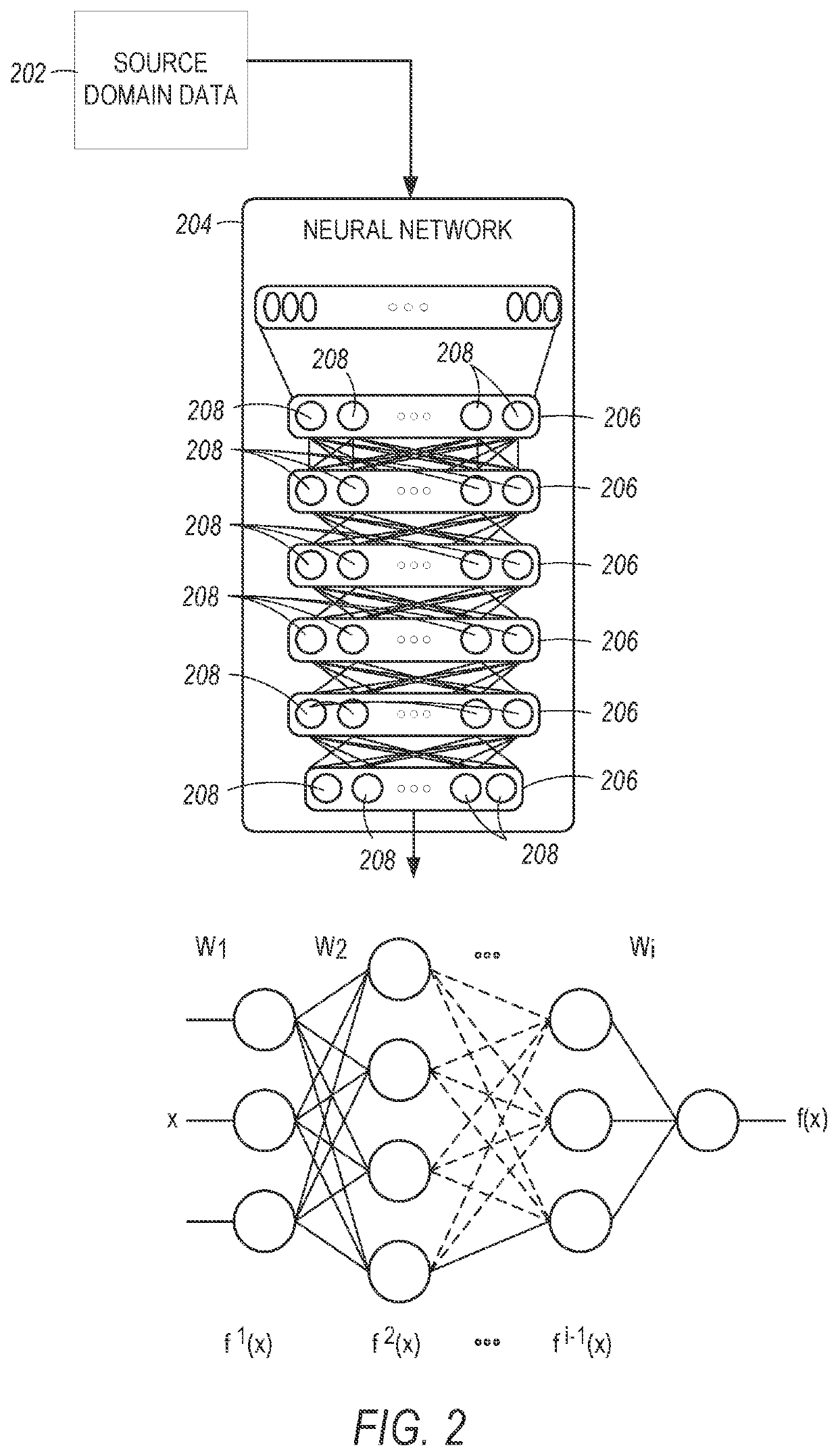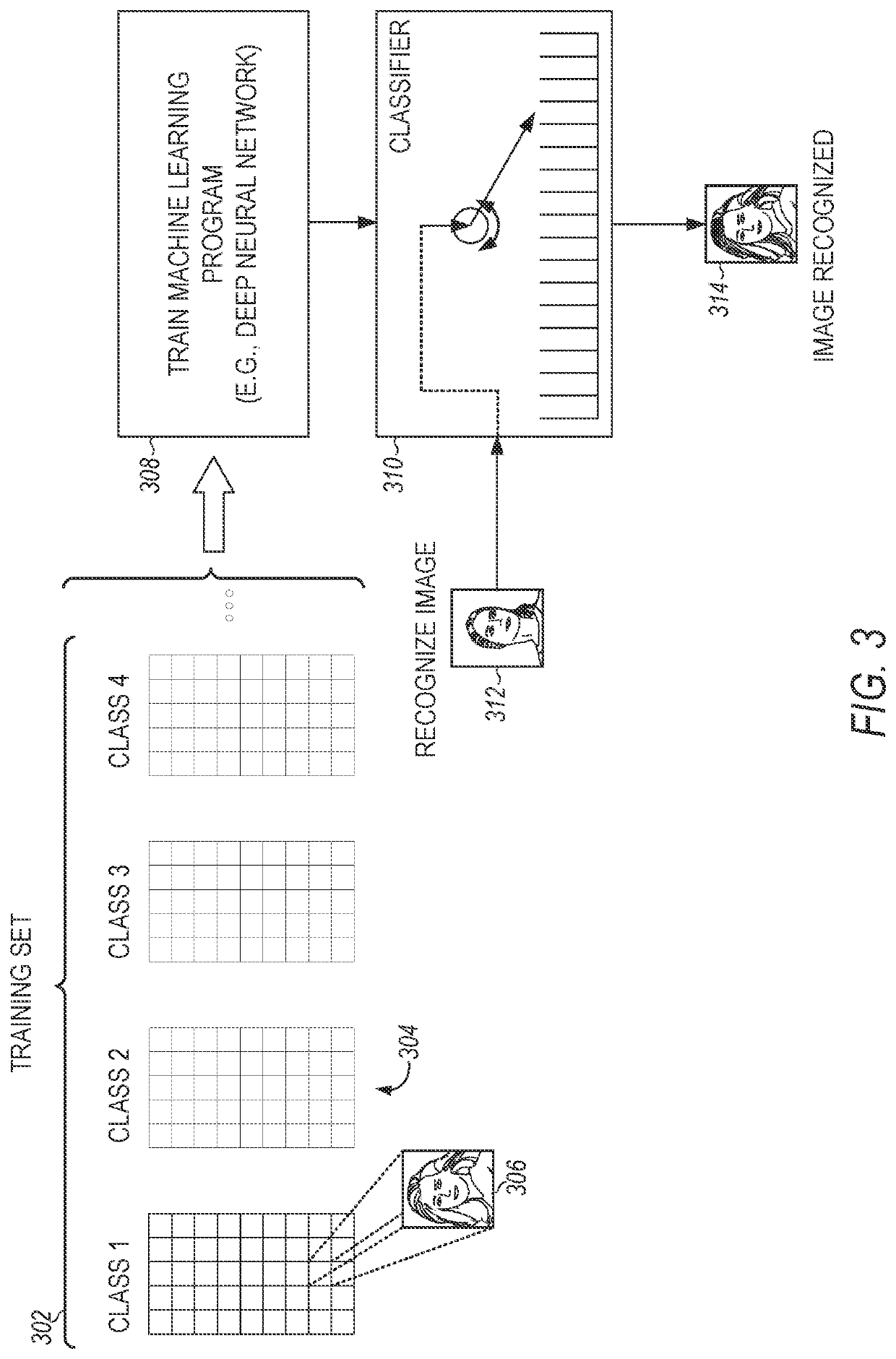System and method for evaluating machine learning model behavior over data segments
a machine learning and data segment technology, applied in the field of system and method for evaluating machine learning model behavior over data segment, can solve problems such as inability to meet the requirements of classification and regression, legal inadmissibility or legal questionable ways, and accuracy and precision may not be achievabl
- Summary
- Abstract
- Description
- Claims
- Application Information
AI Technical Summary
Benefits of technology
Problems solved by technology
Method used
Image
Examples
Embodiment Construction
[0014]The following description and the drawings sufficiently illustrate specific embodiments to enable those skilled in the art to practice them. Other embodiments may incorporate structural, logical, electrical, process, and other changes. Portions and features of some embodiments may be included in, or substituted for, those of other embodiments. Embodiments set forth in the claims encompass all available equivalents of those claims.
[0015]As discussed above, machine learning models are oftentimes used to make consequential decisions. For example, in consumer banking, a machine learning model may be used to make a preliminary decision to approve or disapprove a customer for a loan. In retail, a machine learning model may be used to identify customers to target with a promotion or advertisement. In spam filtering, a machine learning model may be used to identify an email message as spam or legitimate. The machine learning model may operate as a “black box,” providing an output of “...
PUM
 Login to View More
Login to View More Abstract
Description
Claims
Application Information
 Login to View More
Login to View More - R&D
- Intellectual Property
- Life Sciences
- Materials
- Tech Scout
- Unparalleled Data Quality
- Higher Quality Content
- 60% Fewer Hallucinations
Browse by: Latest US Patents, China's latest patents, Technical Efficacy Thesaurus, Application Domain, Technology Topic, Popular Technical Reports.
© 2025 PatSnap. All rights reserved.Legal|Privacy policy|Modern Slavery Act Transparency Statement|Sitemap|About US| Contact US: help@patsnap.com



